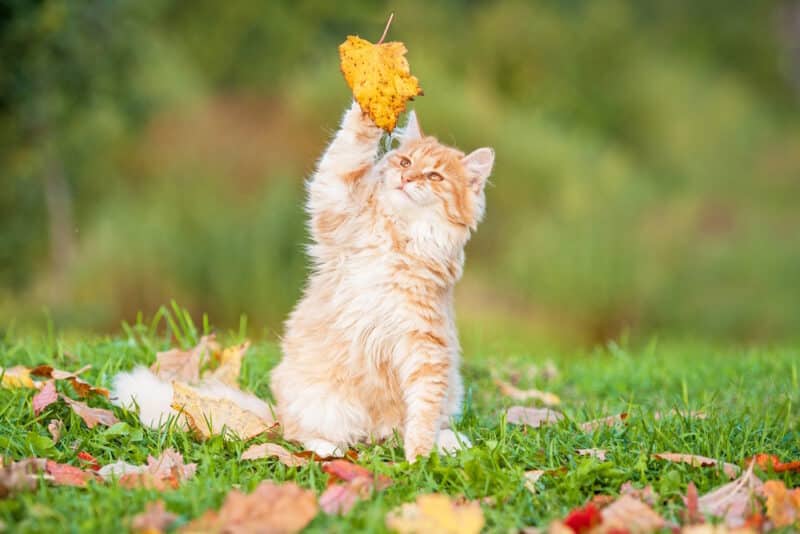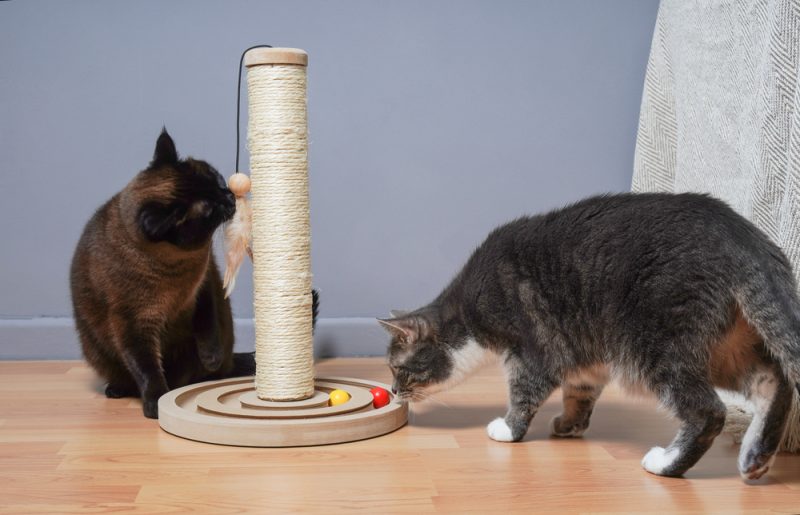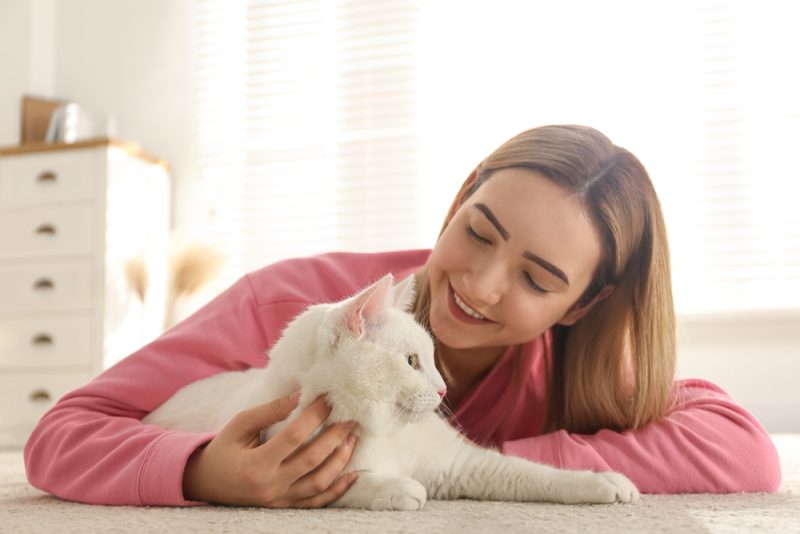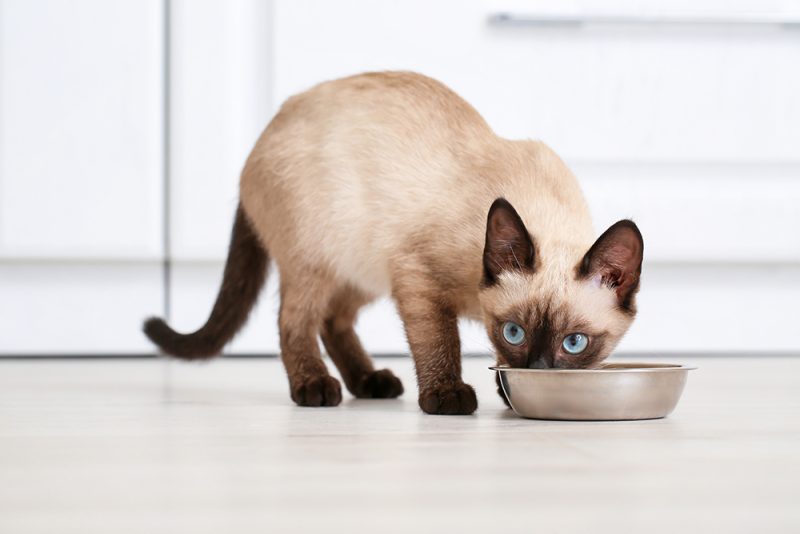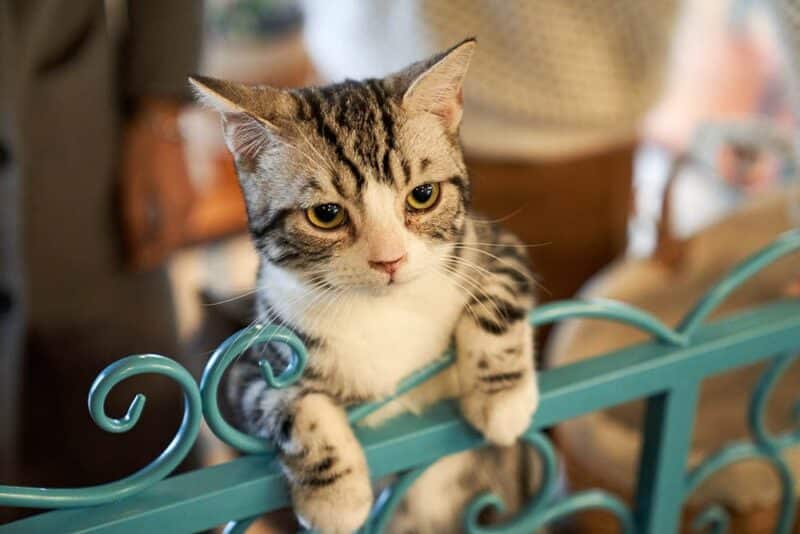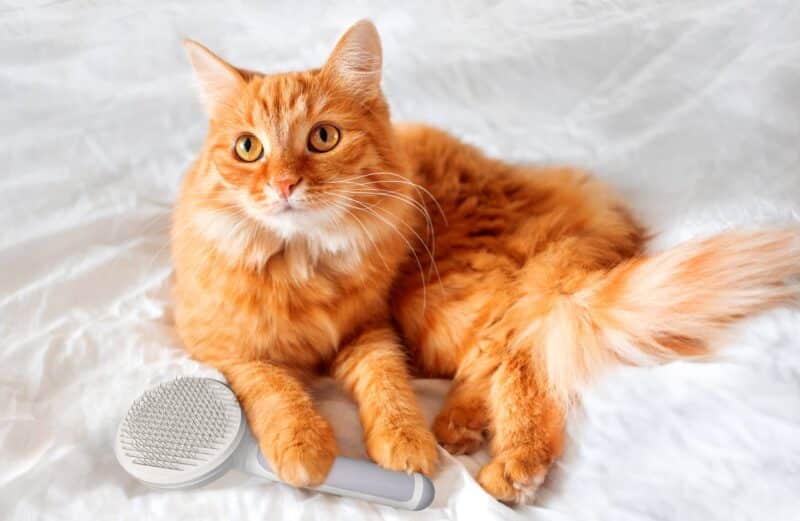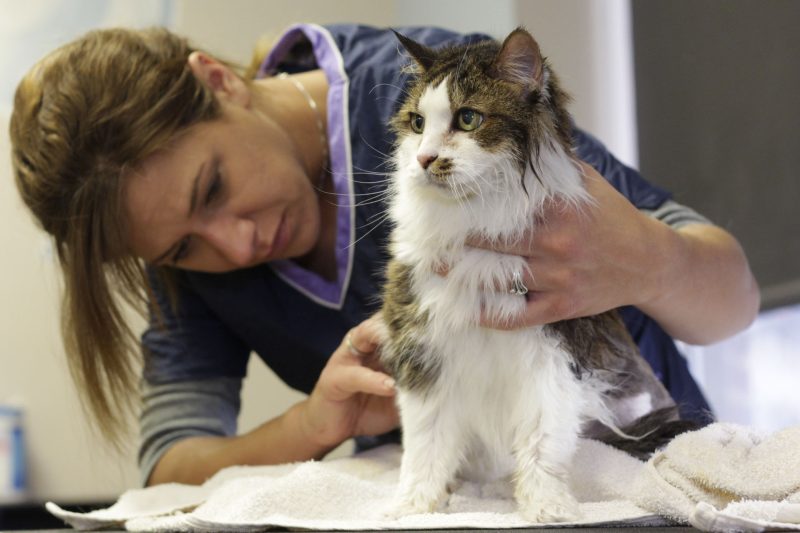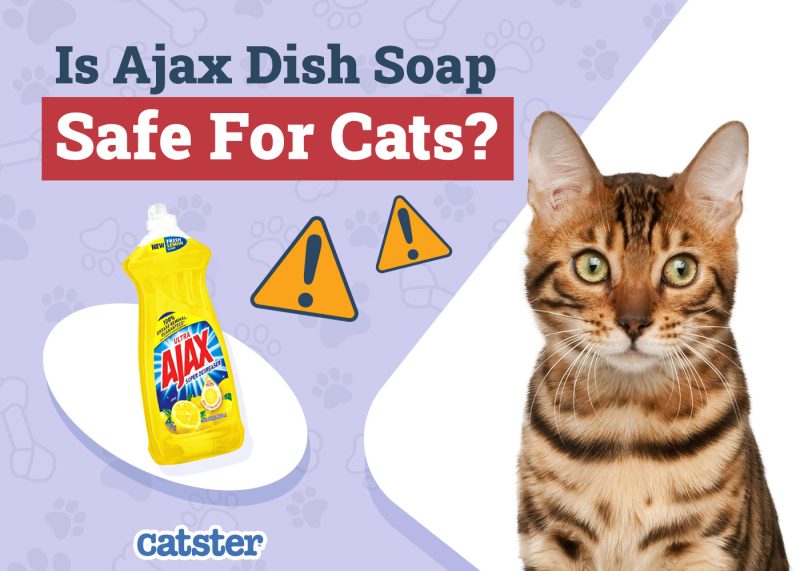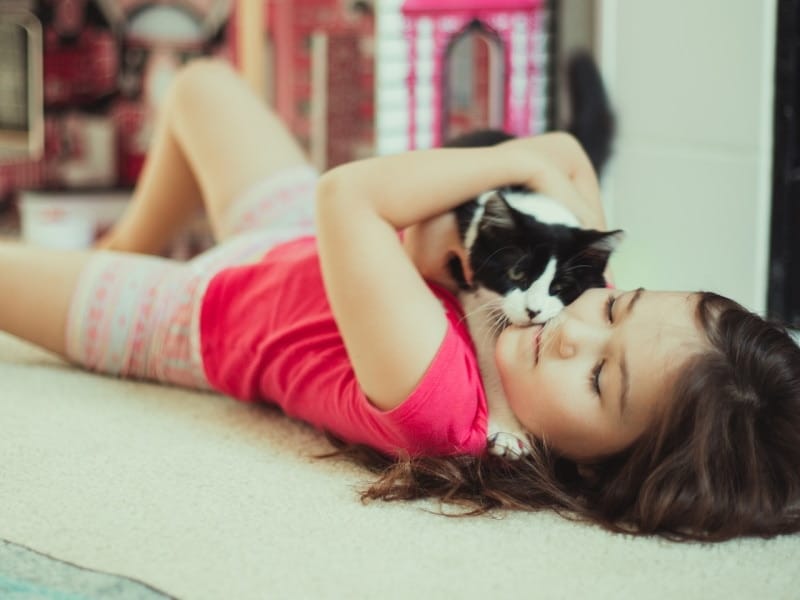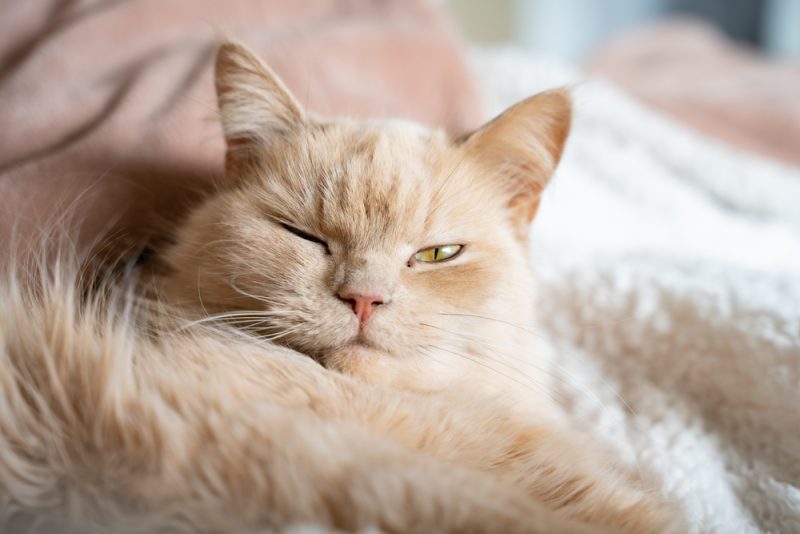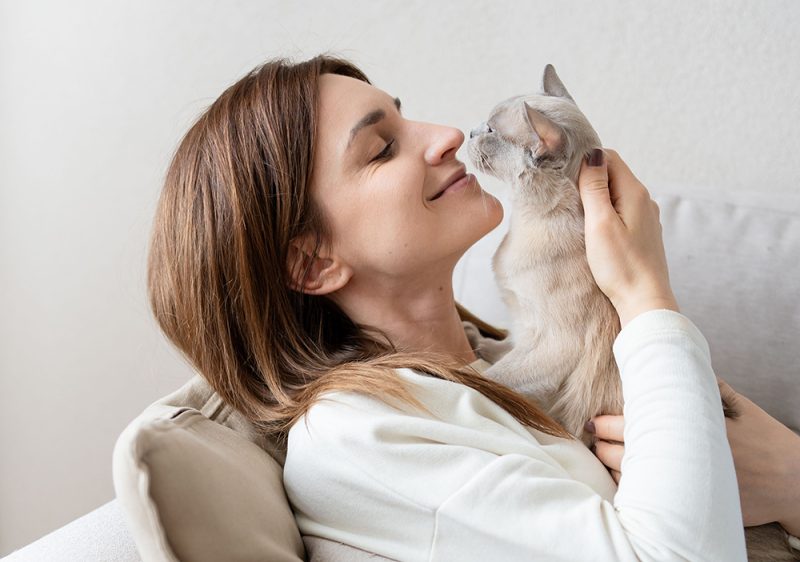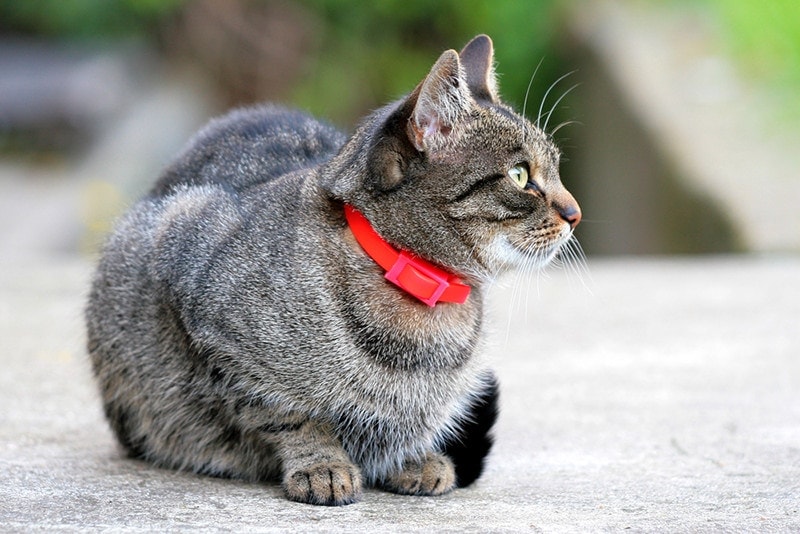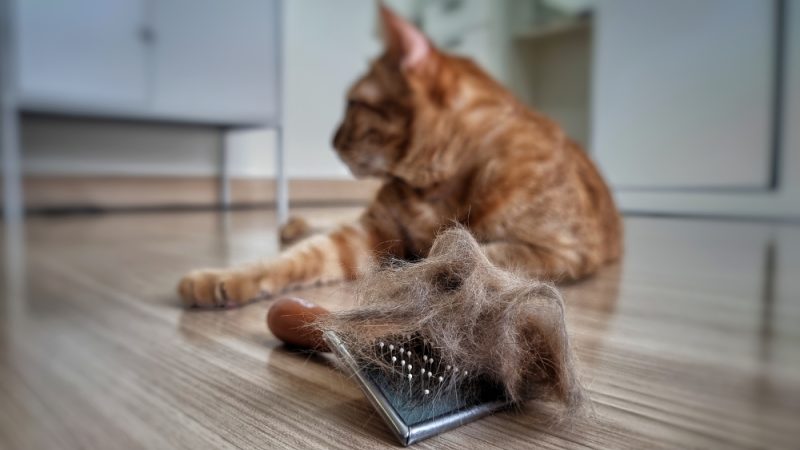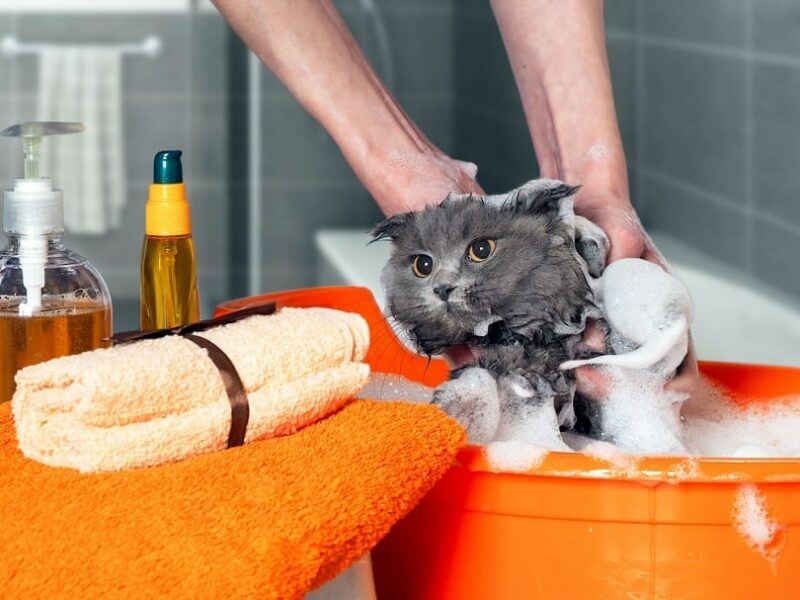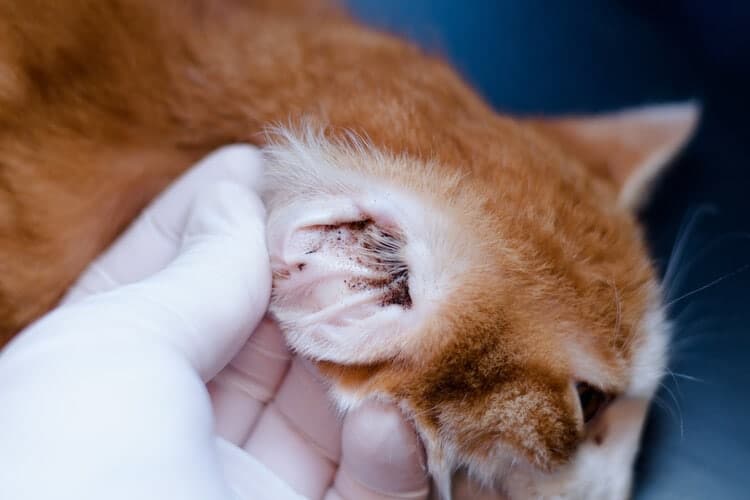In this article
Fall is one of the most beautiful times of the year. Fall photography is gorgeous in its own right. The only thing that makes it better is adding a cat! So, if you have thought about taking your own fall photoshoot with your cat or you just love the season and species – we have you covered.
Here, we have rounded up some of the most adorable pictures of fall cats you can find on the web that exemplify this glorious season, as well as other fun facts about cats and the fall season and tidbits about how to care for them. Get your popcorn and sit down for this overload of furry, fluffy, fall-friendly cuteness.

Cute Autumn Cat Pictures
1. Cuddling the Turkey
2. Happy Halloween
3. Lazy Autumn Days
4. Pumpkin-Colored Eyes
5. Witchy Kitty
6. Dapper Darling
7. Fall Photo Shoot
8. Spooky Vibes
9. Scenic Views
10. Autumn Sunsets
11. Pumpkin Spice Kitty
12. Dressed for the Occasion
13. Out of the Woods
14. Look-a-Likes or No?
15. Fall Flannels
16. Ready for Pawtumn
17. Puttin’ on the “Spits”
18. Soaking Up the Autumn Sun
19. Entering Fall Mode
20. Marshmallow Fluff

Cats With Leaves Pictures
21. Pawtumn Colors
22. FINALLY Fall
23. Stay Golden
24. Center of Attention
25. What Is He Up To?
26. Seeing Red
27. Forest Cat
28. Speckled Kitty and Speckled Leaves
29. Outfit of the Day
30. Shades of Orange
31. Autumn Leaves
32. Orange You Glad It’s Fall?
33. Just Chillin’
34. Autumn All Around
35. Fall Neutrals

Other Amazing and Fun Fall Cats Pictures
36. Cuddle Buddies
37. Autumn Exploring
38. In My Autumn Era
39. Twinning
40. Cottage Core Kitty

What to Expect With Cats in the Fall
Many Cats’ Coats Blend in with Fall Leaves
Many cats’ coat colors blend in beautifully with the environment. When the leaves start to change, it brings out their natural hues of browns, oranges, yellows, and other neutral shades. Their bold eyes also stand out magnificently among the leaves.
As you could see in the pictures above, there was nothing short of a cat’s elegance in the autumn landscape, with so many colors and vibrant eyes and coats. We can’t get enough. All that would make it better is a nice cup of pumpkin spice to go with these photos to set the mood!
Cats’ Coats Start to Thicken in the Fall
Because temperature changes happen between summer and winter months, your cat has to accommodate these environmental differences. In order to regulate their body temperature, they have to insulate their bodies in the winter and remove the extra coat in the summer.
So, in the cooler seasons, you might notice your cat bulking up—particularly if they go outside on adventures.
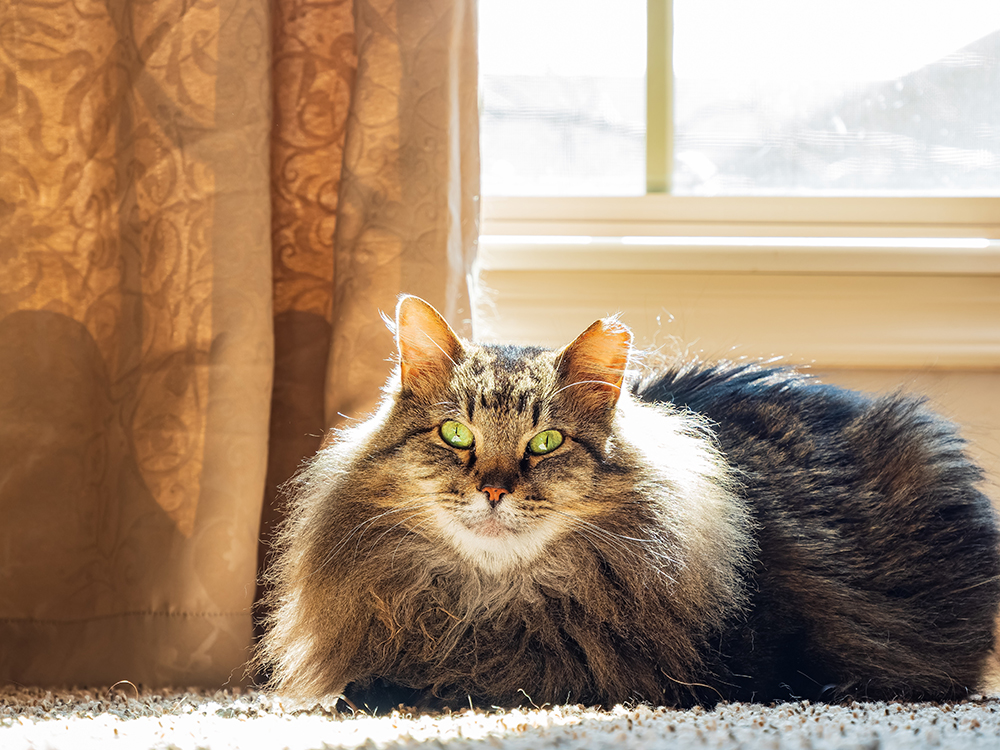

Keeping Cats Entertained in Fall
What exactly can your cat do this fall? There are tons of great ideas! Here are just a few.
Create a Leaf Box
Cats will love playing in a box of leaves—and they might even enjoy snoozing in it as well! So, if you have an old box or tote sitting around, pile a few dry leaves in there and let them sniff around. You can even take some terrific photos of them cozied up inside! Instagram shot, anyone?
Build a Cat Sanctuary
If you’re feeling quite crafty this season, you could try to build your own little cat sanctuary. This would incorporate craftsmanship with a little bit of gumption, but there are tons of tutorials online.
The best part? Many of the online DIYs require little to no money to build. Now if you want to go all crazy cat lady or lad, you might spend a sum of money—but it’s still totally manageable on a budget.
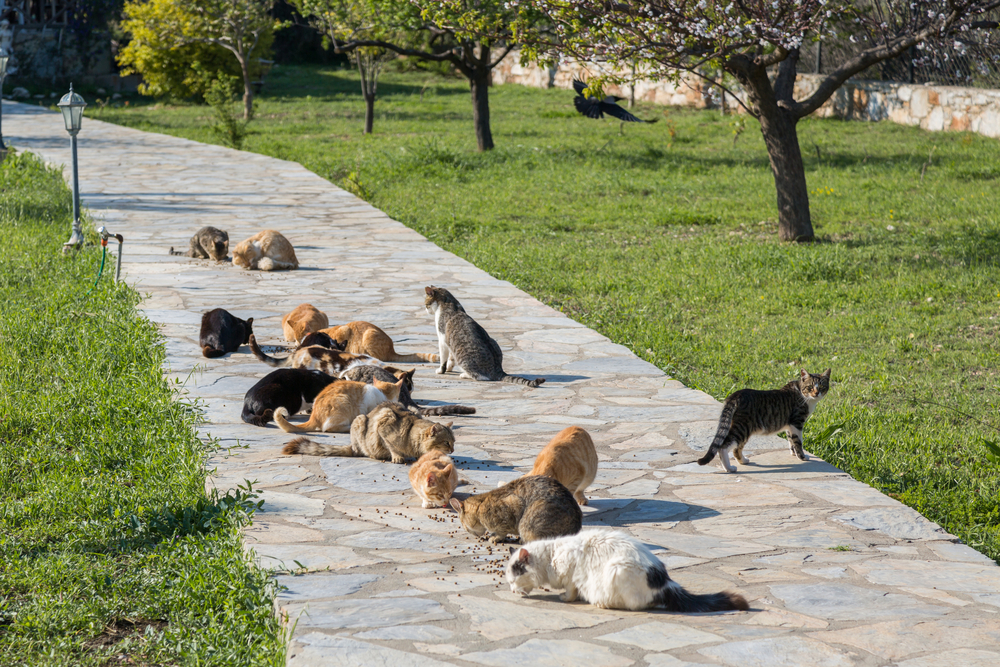
Let Them Participate in Halloween
What fun is Halloween if your cat can’t dress up? We dare to say no fun at all! So, this season, check out some creative options or come up with an idea of your own. You could even create a little duo or trio with your cat, dressing up as characters, objects, and other perfect pairings.
Take Them on Lots of Walks
Most feline owners underestimate how much your cat would simply love to walk on a leash. Will they be good at it at first? Nope. Can they easily get the hang of it (especially once they see what they are missing)? Absolutely!

FAQ About Cats in Fall
How Cold Is Too Cold for Cats in the Fall?
As the fall season begins, ensuring your cat is always in on time can be very hard. The temperatures dropped significantly which can pose some risks to our feline friends. Surprisingly, cats shouldn’t be outside in temperatures below 45 degrees—but ideally definitely never in below-freezing temperatures unless very strict measures are taken.
You might think cats are built for the winter—and in some cases (like that of a Maine Coon) it is true—but it is never advisable!
Can Cats Get Pregnant in the Fall?
Cats can get pregnant in the fall, but often they don’t. Like any other creature, there is a time and a season—and fall isn’t really one of them. Although they can have babies into September, most of October and November go litter-less, though. That’s not to say it never happens, but it’s rare.
In any case, we highly recommend getting your cats spayed and neutered if you haven’t done so already—especially if they will be outdoors.
Are Black Cats Safe During October?
Are our beautiful black cat friends safe in October? We want to think so, but reality may say otherwise. Sadly, many shelters have had to restrict the sales of black cats during this time because there are sick people in the world who use these precious kitties for unspeakable things.
Because of the small but existing potential of harm, we recommend keeping your black fur babies inside this season.
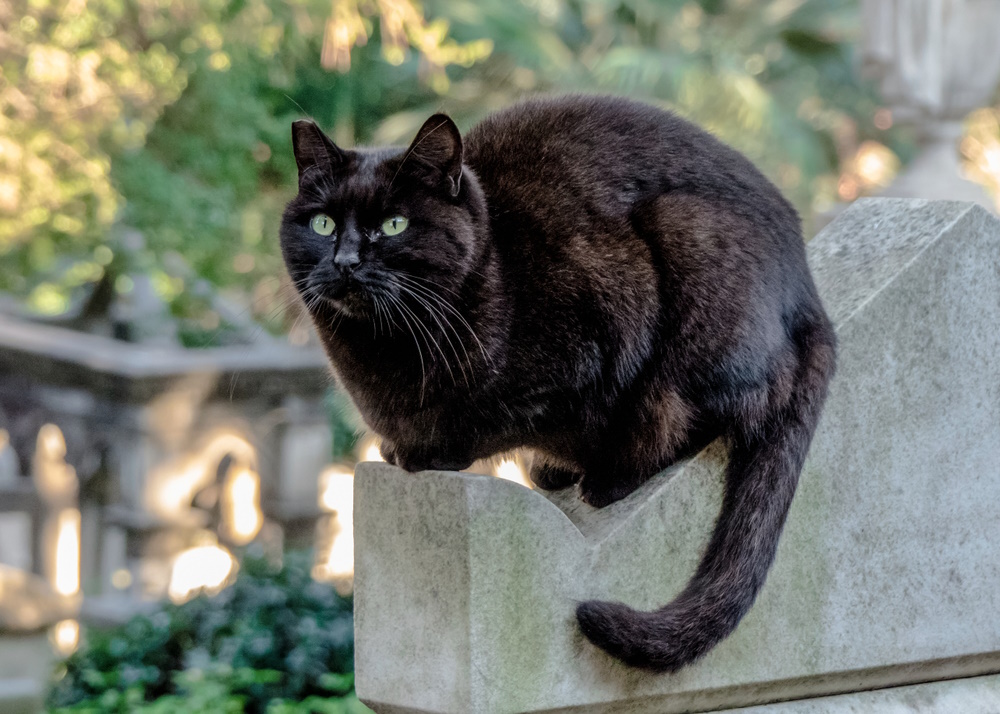

In Conclusion
Fall is a marvelous time to enjoy the beauty of nature—and cats are always a plus! Remember, there are plenty of things to do for or with your cat this holiday season, so don’t miss out next time around.
So, now that you have had your fill of fashionable fall feline photos, you can show some friends, take some screenshots, or save the page for a later date. Of all these stunning shots, which one was your favorite?
Featured Image Credit: Rita_Kochmarjova, Shutterstock
